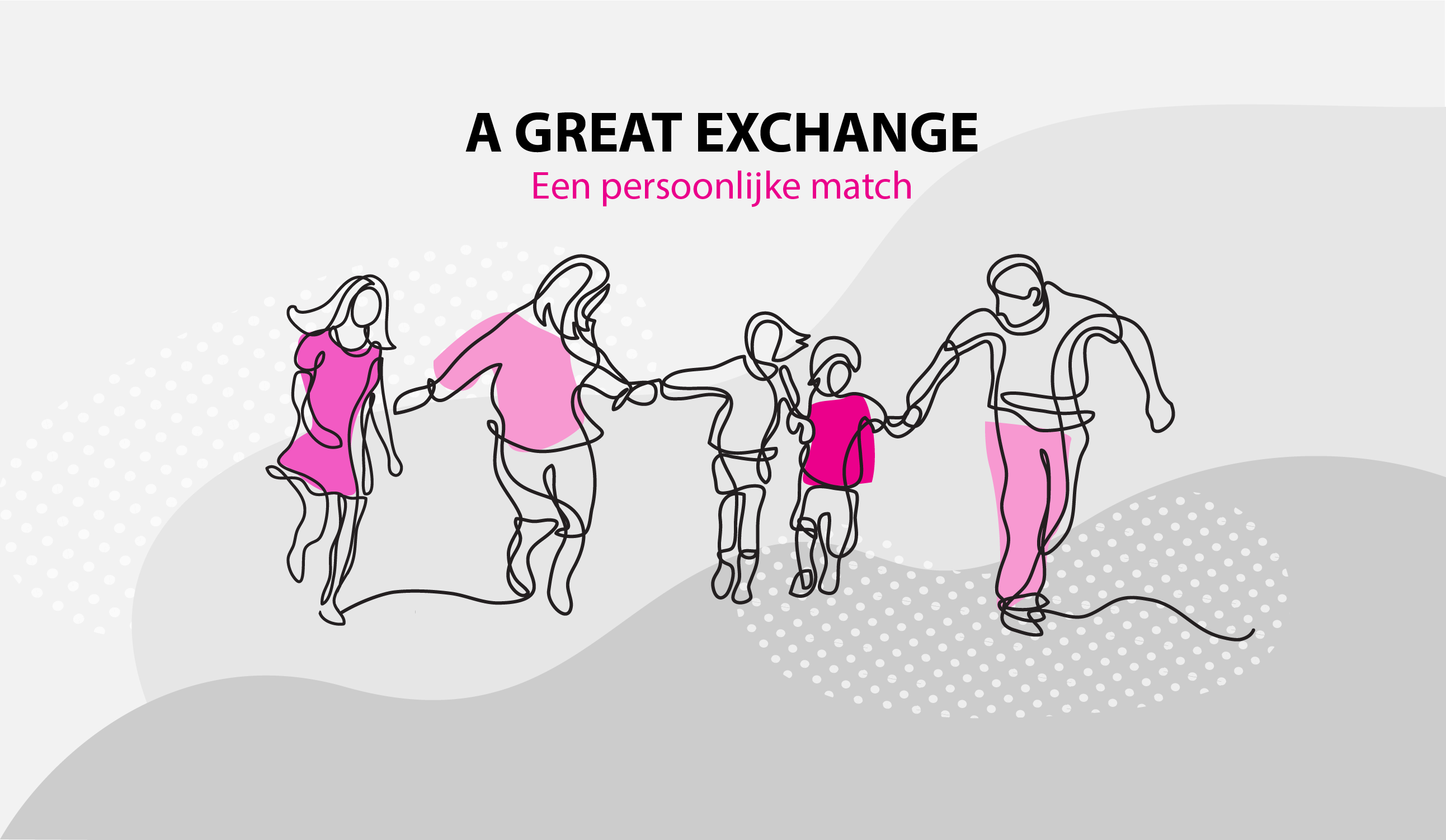01 Jul Progressive Web Apps PWA vs Native Mobile Apps
Content
- Difference between a PWA and Native Apps?
- Cost-efficiency vs security, speed vs comfort, universality vs self-sufficiency
- Best Practices for Creating Responsive Apps
- What Is the Difference Between a Native App and A Web App?
- PWA vs Native App: When to Choose Native?
- Frequently Asked Questions about PWA vs Native App
However, with this type of programming, you cannot mix and match devices and apps. For example, an iPhone will not run an Android app and vice versa. This typically causes native app developers to build the app twice, once for iOS and once for Android systems.
If you visit Twitter’s website on mobile, you will be able to install it on your home screen – and after installing it, it will perform and look like a native app. As the technology improves, there have definitely arisen some good use cases for PWAs. For instance, large social media sites are a good example of something that would do well as a PWA. PWAs such as Twitter Lite and Pinterest both demonstrate how you can bring your mobile web experience almost on par with your native app, which will help in markets with poor or expensive connectivity. Of coding; not whether the app is native or exists in a web browser. If you want to learn more about progressive web apps, check out our detailed guide with 50 PWA examples.
Beginning in the early 2010s dynamic web pages allowed web technologies to be used to create interactive web applications. Responsive web design, and the screen-size flexibility it provides, made PWA development more accessible. Continued enhancements to HTML, CSS, and JavaScript allowed web applications to incorporate greater levels of interactivity, making native-like experiences possible on a website. At the launch of iPhone in 2007, Steve Jobs announced that web apps would be the standard format for iPhone apps. No software development kit was required, and the apps would be fully integrated into the device through the Safari browser engine.
In progressive web applications, push notifications are available as well, however only for Android. The next thing on our agenda is the finding similarities and differences between these types of applications. progressive web app vs native We will make a comparison between a PWA and a native app in terms of app creation, user engagement, and other aspects. The app integrates with the user’s bank account and helps them run a smarter budget.
Difference between a PWA and Native Apps?
If you are using the native app then you will need two different teams for it one for development and another one for maintenance correspondingly. It has to be designed individually for various operating systems. PWAs are kinds of websites that work similarly to mobile applications and they can be saved on a desktop in the form of icons or folders and can be easily accessed through a browser. Meanwhile, PWAs are the short name Progressive Web Apps which are mobile websites that are mainly designed to run inside the web browser. It can be designed in some languages like CSS, HTML, and JavaScript, and are that’s why multi-platform. The PWA websites can create the experiences like the app for the users.
Native apps work perfectly with devices of specific operating systems. If you want to use the full potential of an iPhone in your app, and you plan to make some functionalities specifically working on this device, you should definitely choose native development. As a PWA is primarily a website, you can optimize your current website with helpful tools such as Google Lighthouse. If you have a responsive design website, you only require one version of the app and it will appear in similar manners throughout multiple devices. Therefore, costs are significantly higher, both in time and money.

It’s also possible for Web Stores to do the promotion of the app for you. Being featured in an app store can give you a sales boost and a quick way to increase brand awareness. The native apps can offer access to the device functions without any support of plug-ins or extra tools, and this feature enhances its capabilities as well as pleasant appearance. It is generally driven by the Android so that’s why they do not properly work on Safari or a graphical web browser. Now the major fact is here that Safari is one of the main browsers in the US country, so the utilization of only PWA can be risky because you can lose the huge mobile application audience. If not working well the you should go with browser extensions developing or install prebuilt add-ons as respective web browsers.
Cost-efficiency vs security, speed vs comfort, universality vs self-sufficiency
It may not be suitable for all of your target audience to be okay with installing an app just for the sake of data or step in there for one-time utilization. However, users are worried about ticking yes on permissions to native apps for accessing their phone storage, location, etc. for privacy issues. On the other hand, native mobile apps offer the best User Interface and seamless user experience.
PWAs have a great potential to change the world of mobile apps for the better. Hybrid apps are a great way to test out an idea for a native app while saving time and money. This option gets an app into the hands of consumers quickly and is frequently referred to as a minimum viable product, or MVP. MVP development allows you to build just one app instead of two, and get a feel for how the product could work if scaled up to a native app.
- Read on to learn more about PWAs or if you need help choosing whether to go with a PWA or native app.
- It is estimated that in 2023,global mobile app revenueswill grow to more than 935 billion dollars.
- According to the research, the number of mobile users in the world will reach 3 billion by the end of this year.
- You won’t have this choice of flexibility if you decide to develop a PWA than a native mobile app for your business requirement.
- You need to avoid duplicate content and you also need to pay attention to any hashtags, as the Googlebot will not pay attention or index anything that comes after this symbol.
- When first downloading a PWA, the user does not download all the content of the app, as in the case of mobile applications.
- It will not be an exaggeration if I say that the former firmly holds a championship belt.
Put the phone face down on a table, and the screen automatically shuts off to conserve battery. If you only spoke French, though, we’d need a translator between us to facilitate the conversation, but also slowing it down. The browser is the translator for a web app and adds latency to the experience. They vastly improve it compared to shopping on your computer at home, too. Go to your phone and shop for a pizza on the Domino’s pizza website, then shop for the same thing using their app.
Best Practices for Creating Responsive Apps
Read on to learn more about PWAs or if you need help choosing whether to go with a PWA or native app. They can’t access alarm, bookmarks, and calendars on your mobile. If you prioritize the user’s safety and comfort, choose native.

There is no need for permission to be made available for the users. And the reason behind it is the benefits it comes loaded with such as easier installation, better performance, no updating issue, seamless offline operatibility, and lower development cost. Features like Camera, GPS, Wi-Fi makes the user experience more connected, convenient, and purposeful.
What Is the Difference Between a Native App and A Web App?
Native apps are available on Google Play Store and iOS App Store. These apps feature a broad range of functionalities and give a smoother user experience. As far as the quality is concerned, the Progress Web App offers a fast, secure, and reliable user experience. You can access your Twitter account via your mobile browser and get real-time notifications.
Not least among these reasons is that they’re still not treated as first-class citizens on iOS devices. New on the scene – only seeing more widespread adoption in recent years – and at first glance, they can be indistinguishable from a regular web application. So without knowing what to look for, you may have used one without even knowing it. Needs to review the security of your connection before proceeding.
On the flipside, you can make an iPhone app and reach around 700 million people, leaving a few billion more Android users you won’t. And the biggest choice facing mobile adopters, or even those looking to refresh their mobile presence, is what kind of app you will go with. There are pros and cons to each, but before we go there, it helps to understand what the difference is in the first place.
Second of all, it takes more time to build a native, and there is no possibility to use a blessing of reusable components and code parts. First of all, you need to hire different developers for different operating systems. PWAs have limitations for some native-only features of your devices, such as proximity sensor and smart lock. To top it off, PWAs does not take as much space as a native app. However, PWAs works like a website so that search engines can index it.
PWA vs Native App: When to Choose Native?
They will be looking up a product or service on Google and find your progressive website, which will suggest the user to add it on the home screen. Differing app-store guidelines limiting what one or the other version of your app can do? And as an added benefit, you definitely won’t have to worry about the app stores taking a cut of your app’s purchase price. This reliance on the well-trodden ground of JavaScript callbacks and DOM elements means that development is significantly easier compared to building a native app. You won’t have to worry about making sure your team can handle coding for iOS and Android in parallel (plus, a server-side) since you only need to develop a single web app. If you want to develop your mobile application or learn about how this works, then you have come to the right place.
Frequently Asked Questions about PWA vs Native App
However, you can download native apps just as easily virtually from anywhere on the internet. Plus, Google is already piloting a technology that accepts PWAs into Google Play. Native apps must be explicitly designed for the platform they are intended to run on. So, if an app is going to be available for both Android and iOS users, it must be tailor-made for each device. This creates a more user-friendly experience as the app is designed mainly for the structure of the mobile device. Users can visit the app’s website, and within a few taps, they can install it and add it to their home screen, receive push notifications, and start using it offline.
If budget and accessibility are your major concern, then a progressive web app is an ideal option for you. But, make sure that web apps are not compatible with third-party apps and geofencing. You won’t be able to send push notifications to your prospects. Basically, the apps designed for individual platforms such as Android and iOS devices are called Native Apps. Since they are designed for individual platforms, native apps need platform-based programming languages. The development procedure of PWA takes 50 to 75%less time than a traditional native mobile app design process.
This metadata is crucial for an app to be added to a home screen or otherwise listed alongside native apps. QAT Global is a trusted enterprise application development partner for some of the world’s largest organizations. Our development approach fosters flexibility, scalability, and security, and we emphasize building a long-term partnership. We offer customized services https://globalcloudteam.com/ to enterprise companies based on their unique needs, whether it be end-to-end app dev, team integration, or staff augmentation. Let’s work together to develop the mobile solution that will enable your organization to achieve its strategic goals. Push notifications are a key reason why many businesses want to develop an app in the first place – for engagement!
If you have a secure environment you can be confident that when your customers enter their personal details or credit card, they are safe in doing so. Native apps are more straightforward to develop as there are various developer tools, interface elements, APIs, and SDKs available. I’m the marketing manager at Armia, my works are focused on mobile and web technology. I research and write about tech like cloud computing, augmented reality, Internet of things, artificial intelligence, startups, and entrepreneurship. Once you download a PWA, you can consume content within the app without an Internet connection.



